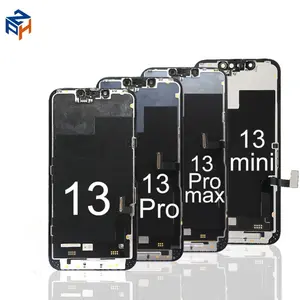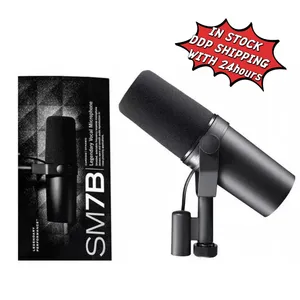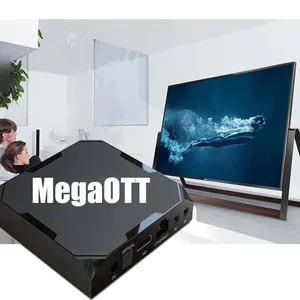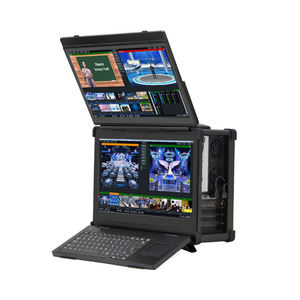Popular in your industry









































































Related Searches:
















































































































Top categories
About broadcasting fm equipment
Broadcasting FM equipment is a type of device used to transmit and receive FM radio signals. It includes essential components, such as antennas, transmitters, and receivers, designed for broadcasting radio programs. These devices play a crucial role in facilitating the transmission of audio content over the airwaves for public consumption. The broadcasting FM equipment ensures the seamless delivery of radio programs to a wide audience.
Types of broadcasting FM equipment
FM radio broadcasting equipment includes transmitters, receivers, antennas, and studio equipment. FM radio broadcast transmitters are responsible for modulating the audio signal with a carrier frequency to be transmitted through the antenna. These transmitters come in various power levels, from low-power models used in community radio stations to high-power transmitters for commercial broadcasters. FM radio receivers, commonly found in home audio systems and portable devices, are used to tune in to specific FM radio frequencies and convert the transmitted signals back into audio for listener consumption. Antennas, such as FM radio broadcast antennas, are used for the transmission and reception of FM signals, ensuring a robust signal coverage area. Studio equipment, including mixers, microphones, and audio processors, is used to create and process the audio content before it is transmitted using broadcasting FM equipment.
Features of broadcasting FM equipment
A broadcasting FM equipment's features depend on its specific purpose and application. For example, an FM radio broadcast transmitter, which is the most critical component used to modulate the audio signal with a carrier frequency, will have features such as power output controls, frequency adjustment, and modulation settings. In contrast, an FM radio receiver will have features like frequency tuning, volume control, and display indicators to provide information about the received signal. Antennas used in FM broadcasting equipment, such as FM radio broadcast antennas, will have features designed to optimize the transmission and reception of FM signals, like directional or omnidirectional capabilities and adjustable gain. Studio equipment, including mixers, microphones, and audio processors, will have features tailored to the audio production and processing needs of broadcasters, enabling them to create high-quality audio content for transmission. These features collectively contribute to the smooth functioning of the broadcasting FM equipment in delivering radio programs to listeners.
Applications of broadcasting FM equipment
FM radio broadcasting equipment is used in various applications across the radio broadcasting industry. Commercial radio stations use high-power FM broadcasting equipment to reach a broad audience with their radio programs, including news, music, and talk shows. Community and non-profit radio stations use low-power FM broadcasting equipment to serve specific local communities with niche programming. Educational institutions, such as college and university radio stations, use broadcasting FM equipment for hands-on training and to broadcast educational content. In addition, emergency services and public safety agencies use FM radio broadcasting equipment to transmit critical information during emergencies and natural disasters, ensuring the public receives timely updates. Beyond traditional radio, FM broadcasting equipment is also used in other fields, such as closed-circuit broadcasting in businesses and organizations, in-vehicle entertainment systems, and wireless audio transmission in public spaces. The broad range of applications highlights the versatility and importance of broadcasting FM equipment across various industries and settings.













































